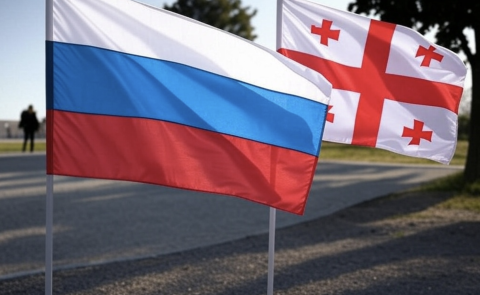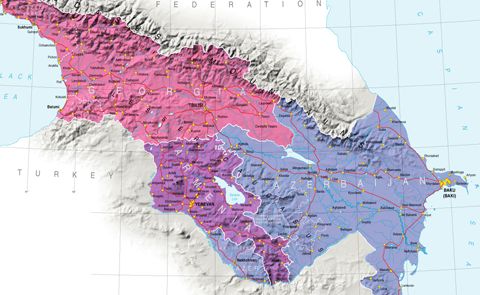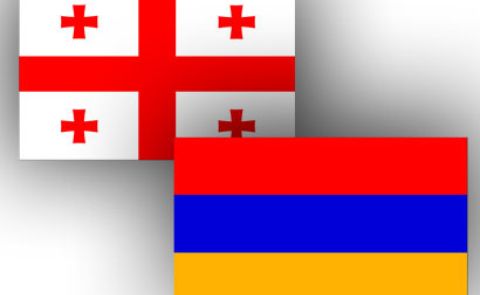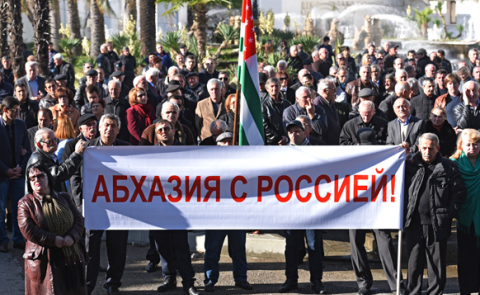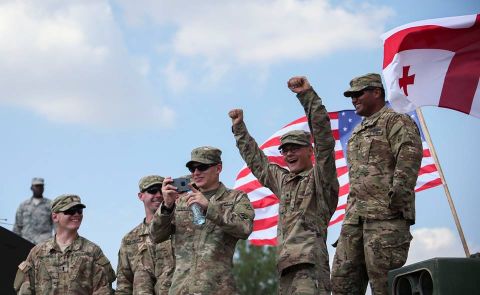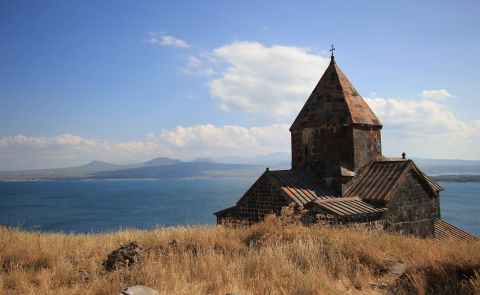
Economic Cooperation of Armenia and Iran: Great Potential and Great Challenges
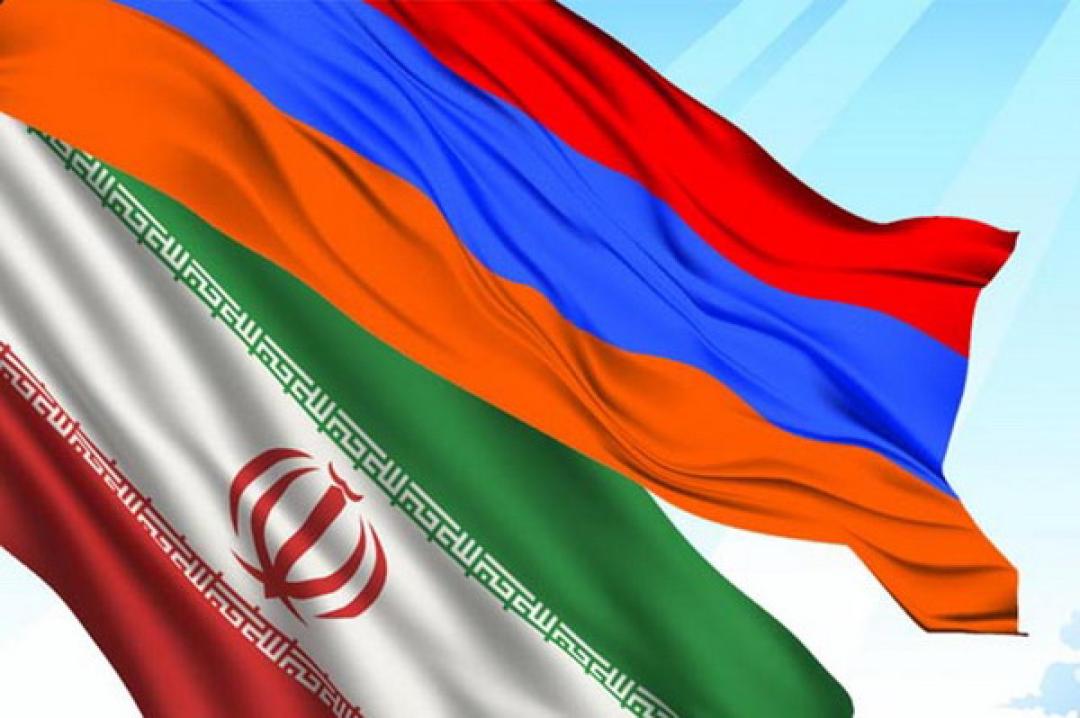
Iran and Armenia, two neighboring countries with rich historical ties, have long-standing cultural interactions. When it comes to politics and economy, though, the history of cooperation has still the most significant marker named “great potential”. Almost every meeting of high and mid-level authorities mentions the great potentiality of economic cooperation of the countries and increasing political ties. Nevertheless, actual developments in economic cooperation have not succeeded in using all existing possibilities.
Situated in a geopolitically significant region, their economic cooperation is crucial for their bilateral relations and regional stability and development. The paper will explore the multifaceted economic cooperation between Iran and Armenia, examining historical contexts, current collaborations, trade statistics, and prospects.
Historical Background: A key historical event that significantly shaped the economic relationship between Armenia and Iran was the construction of the Meghri Bridge during the first Karabakh War. The bridge opened in 1996 and marked the first significant joint project to help Armenia overcome the blockade's impact. Another joint project in this stage was the first Iran-Armenia electrical power transmission line which had significant importance since the construction of the second block of Armenia's Metsamor Nuclear Power Plant has been stopped after the 1988 earthquake[1]. At that time, Armenia faced a blockade due to ongoing conflicts with Azerbaijan and the closed border with Turkey. Even after the Second Karabakh War, the Turkish border remains closed. Georgia, Armenia's northern neighbor, was grappling with its issues, including a civil war and hostilities in Abkhazia and South Ossetia, which blocked the Transcaucasian railway connecting Armenia with Russia. Additionally, the ethnic Azeri population in Georgia disrupted the Soviet-era pipeline supplying Armenia with Russian fuel.
During this challenging period, Armenia's 42-kilometer border with Iran became its only stable link to the outside world and the road to Iran became an important “lifeline”.[2]
Current Economic Cooperation: The Armenia-Iran Intergovernmental Commission was created in 1992 in parallel with the establishment of diplomatic relations between the two countries. The commission has had 18 meetings in these years and during them, the need for consistent contact between representatives of the business circles of the two countries and the need to expand joint investment programs is being emphasized frequently[3]. The main areas of economic cooperation between Iran and Armenia include sectors like trade, energy, and infrastructure. The implemented programs are the following: a bridge connecting Iran with Armenia, built on Arax River, wind power stations in Pushkin mountain pass, Iran-Armenia “Gas for Electricity” deal (three-kilowatt hours of electricity for one cubic meter of imported gas), the first and second lines of Armenia-Iran high voltage power transmission line and construction of the third line is in process[4].
Bilateral Trade: The overall trend shows significant growth in trade volume between the countries, especially from 2021 (504 million) to 2022 (710 million) and 693 million in 2023. This growth can be attributed to improved economic policies, regional stability, and enhanced bilateral agreements. While Armenian exports to Iran experienced fluctuations, the imports from Iran showed a more consistent growth trend, indicating a strong demand for Iranian goods in Armenia.
The statistics of trade volume before the possible increase is provided by the Ministry of Foreign Affairs of Armenia and look like this:
Trade volume (USD) | Export (USD) | Import (by originated country, USD) | Import (by exporting country, USD) | |
| 2019 | 409 million | 83,9 million | 325 million | 325 million |
| 2020 | 401 million | 84 million | 317 million | 318 million |
| 2021 | 504 million | 65 million | 439 million | 325 million |
| 2022 | 710 million | 111 million | 599 million | 601 million |
| 2023 | 693 million | 95 million | 598 million | 612 million |
The main products that Iran exports to Armenia are Petroleum Gas, Refined Petroleum, and Raw Iron Bars. Over the past 7 years, the exports of Iran to Armenia have increased from $78.6M in 2017 to $597.23 Million in 2023. Iran did not export any services to Armenia. The main products that Armenia exports to Iran are electricity, rolled tobacco, and copper ore. Armenia, too, did not export any services to Iran.
Economic Policies: The establishment of free economic zones and infrastructure projects likely contributed to the peak trade volumes in 2022. Free trade agreement between Iran -the Eurasian Economic Union is perceived as another boost for the countries' cooperation. In June 2024 the Armenian government approved the free trade agreement between the Eurasian Economic Union (EAEU) and its member states, on the one hand, and Iran, on the other hand[5]. This agreement signed on December 25, 2023, in Saint Petersburg, Russia, promised to eliminate tariffs for a substantial 87% of traded goods. Both parties will compile a negative list, comprising items deemed sensitive by one party, exempt from tariff elimination. The lists mainly include products of primary interest for the respective country's export.[6] Within the framework of this agreement, the Iranian side stipulates obligations to zero import customs duties for the first time in the practice of its international trade agreements.
Under this agreement, the supply of goods from EAEU member states to Iran will be ensured without transition periods. This has a big chance of boosting the trade volumes between the countries.
In the field of banking, the Iranian Mellat Bank operating in Yerevan was an important chain, but sanctions imposed on Iran after US withdrew from the Nuclear deal in 2018, caused also a malfunction in the banking relations between Armenia and Iran, hence the Yerevan branch of Mellat Bank failed to carry out banking transactions between Armenian and Iranian merchants as before[7].
Energy Sector: The significance of energy cooperation between Iran and Armenia is anchored on the fact that Armenia is highly dependent on Russia in the energy field and Iran is perceived as the only alternative to that dependency. Internal resources produce about 31.6 percent of Armenia’s electricity: 27.9 percent from hydropower and 3.7 percent from solar power plants.
In addition, Armenia imports natural gas and oil for most of its energy needs, predominantly from Russia. According to data from the Ministry of Territorial Administration, Russia supplies 87.5 percent of Armenia’s gas needs via pipeline through Georgia, while Iran covers 12.5 percent through a barter agreement under which it exports electricity in exchange[8].
From time to time Iran speaks about the possibility that Tehran might help Yerevan reduce its energy dependence on Russia[9]. Since 2009 Armenia has provided Iran with electricity in return for natural gas supplies; the arrangement was due to end in 2026, but in August 2023 the two countries agreed to extend and expand it until at least 2030[10]. There is a part for speculation though, because Russia can turn the tap off as gas giant Gazprom owns the pipeline bringing the gas from Iran to Armenia[11]. Besides, taking into account that the capabilities of Iran’s gas export will decrease[12], and the demand for the important of electricity will reduce[13], this agreement sounds more like a political statement than an economic long-lasting project.
Transport and Infrastructure Projects: The transport and infrastructure field now is an important security topic for Armenia. Whereas Azerbaijan and Turkey have been insisting on the extraterritorial corridor from Armenia, the government of Armenia declared its readiness to give a transit route that will allow Azerbaijan to connect with its exclave Nakhijevan. This route unlike the demanded “corridor” will be under jurisdiction and the serenity of the Armenian state is presented as a part of Crossroads of Peace projects[14]. Iran welcomed that project by giving special importance to its role in the North-South corridor[15]. To connect Middle Eastern markets to Europe via Georgia this project, better known as the “Persian Gulf-Black Sea Corridor. The initiative will be able to connect several regional and international actors, specifically Iran, Armenia, Georgia, Bulgaria, Greece, and, India[16].
North-South corridor is seen not only as an important alternative to the East-West corridor but also as an important bridge between the Far East and Europe. In that context, the North-South Corridor of Armenia takes even more importance. The project is part of an overall program aimed at improving and upgrading the North-South Road Corridor (NSRC) in Armenia. The NSRC runs 556 km from the border with Georgia at Bavra via Gyumri, Ashtarak, Yerevan, Goris, and Kapan, to the border with Iran at Meghri[17].
“We believe that the communication corridor from India to the Iranian port of Chabahar and on to Armenia and further north, the Black Sea, is a reliable route for transporting goods to the north and to Europe,” the Iranian envoy, Mehdi Sobhani, said during an international conference in Yerevan[18].
In parallel, in October 2023 the Armenian government awarded a $215 million contract to a consortium of two Iranian companies to upgrade a 32-kilometer section of the main highway connecting Armenia to Iran through its endangered Syunik region.
Tourism is one of the favorable conditions for the development of trade and economic ties between Armenia and Iran, in which the indicators of arrivals from Iran to Armenia are prevailing. Over the years Iran has become of one of the top countries for incoming tourists[19]. The main tourist flow to Armenia last year was formed from Russia, Georgia, Iran, the USA, Germany, France, Ukraine, China and Belarus[20]. For Iranians visiting Armenia is attributed to “freedom tourism, " which gives them a near destination of a European style public freedoms and the opportunity to participate in concerts forbidden in Iran. The main flow of Iranian tourists to Armenia takes place on March on the occasion of Novruz (Iranian New Year). Exhibitions, concerts, and special festivals are being prepared at that time.
Armenians do not have a tradition of choosing Iran as a tourism destination. But in recent years group visits of Iran’s cultural sites are becoming more and more popular. It should be noted that the Armenian cultural heritage in Iran is always under the care of the state, which further increases Iran's tourism potential and makes it even more attractive[21].
Despite all these efforts and declared projects there are still a lot of political and economic challenges that Iran and Armenia face in their economic cooperation. This includes sanctions imposed on the Iranian economy, that are still in place, still unresolved Armenia-Azerbaijan relations with a potential of another military escalation taking into account that Azerbaijan continues its policy of maximum pressure on Armenia and still demands a corridor which can cut the Armenia-Iran border[22]. There are also, some possible opportunities that exist for further cooperation, such as untapped markets, technological advancements, and international support. This will be in place if Iran’s relations with the West adopt a new phase of cooperation. After the election of reformist Masoud Pezeshkian as president, who declared his plans[23] to make steps normalization of relations with the west, there is still a possibility of that scenario.
Overall, the strategic importance of the relationship between Armenia and Iran in the context of regional and global economic dynamics is highlighted frequently by both sides, but obstacles and challenges are still in place and the majority of them are connected to the sanctions on Iran’s economy. The dependency of Armenia’s economy on Russia is another challenge for the cooperation. Thus, Armenia, which attempts to lessen Russian influence on its economy and to come closer to the EU and the US in the context of the diversification policy adopted by the government is forced to balance between cooperation with its neighbor. This balancing attempt is complicated also by the strong commitment of Armenia not to violate the sanction policy imposed on Iran and the need to overcome obstacles created by Russia.
About author: Anna Gevorgyan, Researcher, Center for Cultural and Civilization Studies
Contacts: Anna.gevorgyan@ysu.am, agevorgyan@cccs.am
[1] https://agbu.org/armenia-region-change/armenia-iran-ancient-relations-changing-world-necessities
[2]https://www.ssoar.info/ssoar/bitstream/handle/document/94114/ssoar-caucasusad-2024-136-seferian-Shifting_Sands_Unmoved_Mountains_Relations.pdf?sequence=1&isAllowed=y&lnkname=ssoar-caucasusad-2024-136-seferian-Shifting_Sands_Unmoved_Mountains_Relations.pdf
[3] https://www.mfa.am/en/press-releases/2024/02/14/Kostanyan_Iran/12496
[4] https://www.mfa.am/en/bilateral-relations/ir
[5] https://news.am/eng/news/829119.html
[6] https://www.intellinews.com/iran-eeu-sign-historic-free-trade-agreement-306057/
[7] https://www.orbeli.am/en/post/887/2021-06-18/Armenian-Iranian+Border+is+of+Strategic+Importance
[8] https://iwpr.net/global-voices/armenias-energy-security-faces-frosty-relations-russia
[9] https://www.civilnet.am/en/news/756939/karabakh-gas-for-electricity-corridors-exclusive-with-irans-ambassador/
[10] https://armenpress.am/en/article/1130111
[11] https://www.youtube.com/watch?v=LT6RF2CzJ3o
[12] https://agsiw.org/can-iran-sustain-its-oil-and-gas-export-surge/
[13] https://apnews.com/article/iran-nuclear-power-plant-construction-f96dbdd32426647c2133530cfa3cd6c0
[14] https://www.primeminister.am/u_files/file/documents/The%20Crossroad%20of%20Peace-Brochure.pdf
[15] https://armenpress.am/en/article/1127031
[16] Shabnam Dadparvar & Vali Kaleji, 2024. "The Persian Gulf-Black Sea International Transport and Transit Corridor: Goals and Constraints," Journal of Balkan and Near Eastern Studies, Taylor & Francis Journals, vol. 26(2), pages 203-225, March.
[17] https://www.eib.org/en/projects/all/20100130
[18] https://www.azatutyun.am/a/32715839.html
[19] https://www.1lurer.am/en/2024/05/08/163-970-tourists-visited-Armenia-42-percent-of-them-from-Russia/1121280
[20] https://finport.am/full_news.php?id=50507&lang=3
[21] https://news.am/eng/news/744610.html
[22] Though Azerbaijan has changed its tone concerning the corridor and now names the Armenian Constitution as the main “obstacle” for the Peace Deal, given that there are no territorial claims in the Armenian constitution, this seems more like an excuse for not signing the agreement and going back to military threatening for gaining the corridor. See: https://hetq.am/en/article/167202
[23] https://www.tehrantimes.com/news/501077/My-message-to-the-new-world

